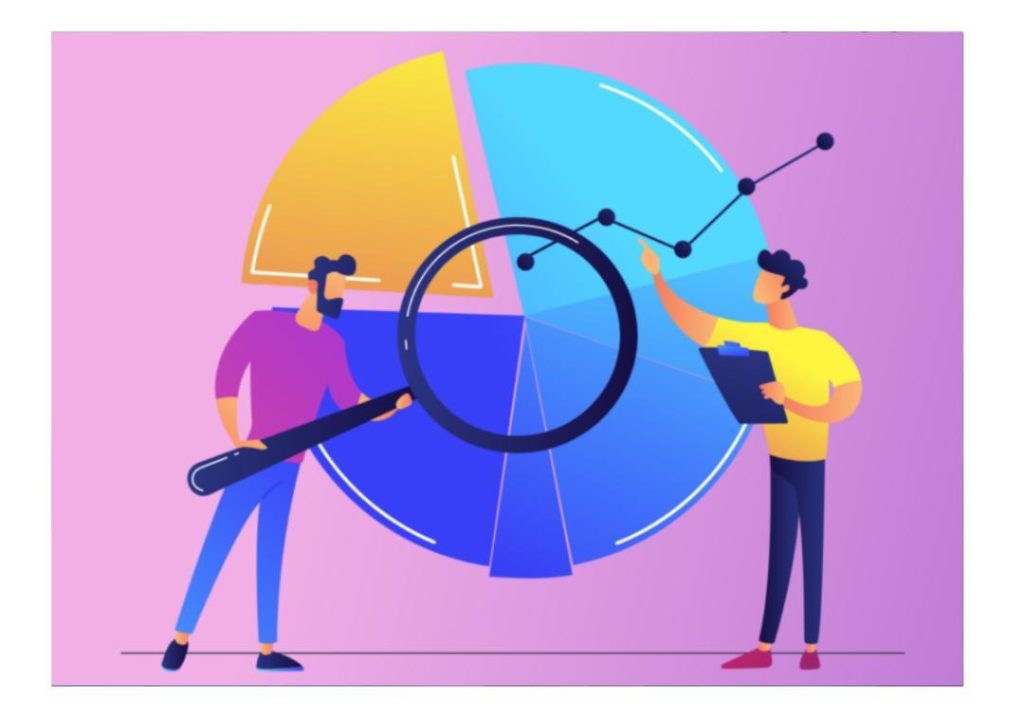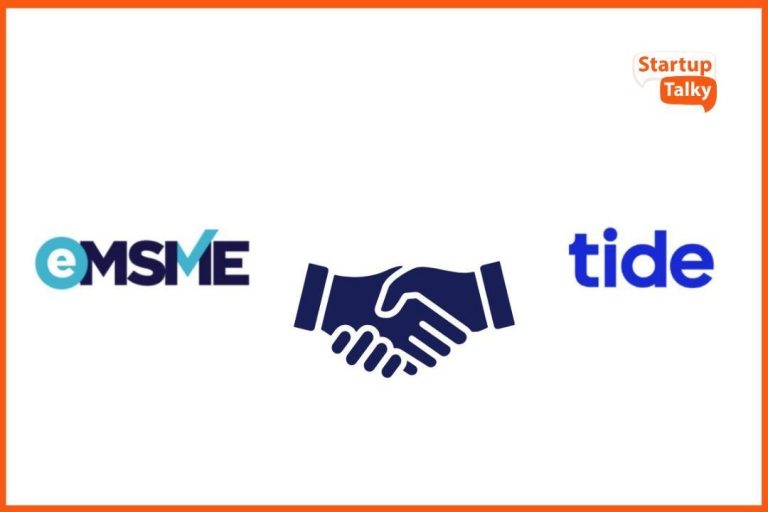
Is your platform teaching or truly adapting to learners?
The ed-tech industry has seen unprecedented growth in recent years, with more and more platforms popping up to cater to the changing needs of learners. However, despite this growth, many platforms continue to struggle with one major issue: user retention. In fact, studies have shown that a significant percentage of users abandon their learning journey before achieving their goals.
So, what’s going wrong? Is it the content, the teaching methods, or something more fundamental?
The answer lies in the way ed-tech platforms approach their users. Many platforms take a one-size-fits-all approach, offering generic courses that don’t account for individual differences in learning style, pace, or goals. These courses may be engaging at first, but they quickly become stale and uninteresting as users progress.
On the other hand, ed-tech platforms that use data to personalize lessons, track pace, and offer tailored recommendations are seeing much higher engagement and lower churn rates. These platforms are not just teaching; they’re truly adapting to the needs of their learners.
So, what does this mean for ed-tech platforms? It means that personalization is no longer just a nice-to-have feature; it’s a revenue multiplier.
The importance of personalization
Personalization is not just about making users feel special; it’s about creating a learning experience that is tailored to their unique needs and goals. When users feel seen and understood in their journey, they’re more likely to stick, refer, and upgrade.
But how do ed-tech platforms achieve this level of personalization? The answer lies in data. By collecting and analyzing data on user behavior, learning style, and pace, platforms can create a personalized learning plan that is tailored to each user’s needs.
For example, some platforms use machine learning algorithms to identify areas where users need extra support or acceleration. Others use gamification and interactive elements to make learning more engaging and fun.
The benefits of personalization
So, what are the benefits of personalization in ed-tech? The benefits are numerous:
- Higher engagement: Personalized learning experiences are more likely to hold users’ attention and keep them motivated.
- Lower churn: When users feel seen and understood, they’re less likely to abandon their learning journey.
- Increased revenue: Personalized learning experiences lead to higher engagement and lower churn, which means more revenue for ed-tech platforms.
- Better learning outcomes: Personalized learning experiences are more effective at achieving learning objectives, which means better outcomes for users.
The challenges of personalization
Of course, personalization is not without its challenges. For one, it requires a significant amount of data to be collected and analyzed. This can be a challenge for platforms that don’t have the resources to collect and analyze large amounts of data.
Additionally, personalization can be a complex and time-consuming process. It requires a deep understanding of user behavior and learning style, which can be difficult to achieve.
Best practices for personalization
So, how can ed-tech platforms overcome these challenges and achieve successful personalization? Here are some best practices:
- Collect and analyze data: Use data to understand user behavior, learning style, and pace.
- Use machine learning algorithms: Use machine learning algorithms to identify areas where users need extra support or acceleration.
- Create interactive and engaging content: Use gamification and interactive elements to make learning more engaging and fun.
- Provide feedback and assessment: Provide users with feedback and assessment to help them track their progress and stay motivated.
- Continuously iterate and improve: Continuously collect and analyze data to improve the personalization process and create a better learning experience.
Conclusion
In conclusion, personalization is not just a feature; it’s a revenue multiplier. Ed-tech platforms that use data to personalize lessons, track pace, and offer tailored recommendations are seeing higher engagement and lower churn rates. These platforms are not just teaching; they’re truly adapting to the needs of their learners.
So, what can ed-tech platforms do to achieve successful personalization? By collecting and analyzing data, using machine learning algorithms, creating interactive and engaging content, providing feedback and assessment, and continuously iterating and improving, platforms can create a personalized learning experience that is tailored to the unique needs and goals of each user.
News Source:
https://www.growthjockey.com/blogs/revenue-growth-in-the-ed-tech-industry




